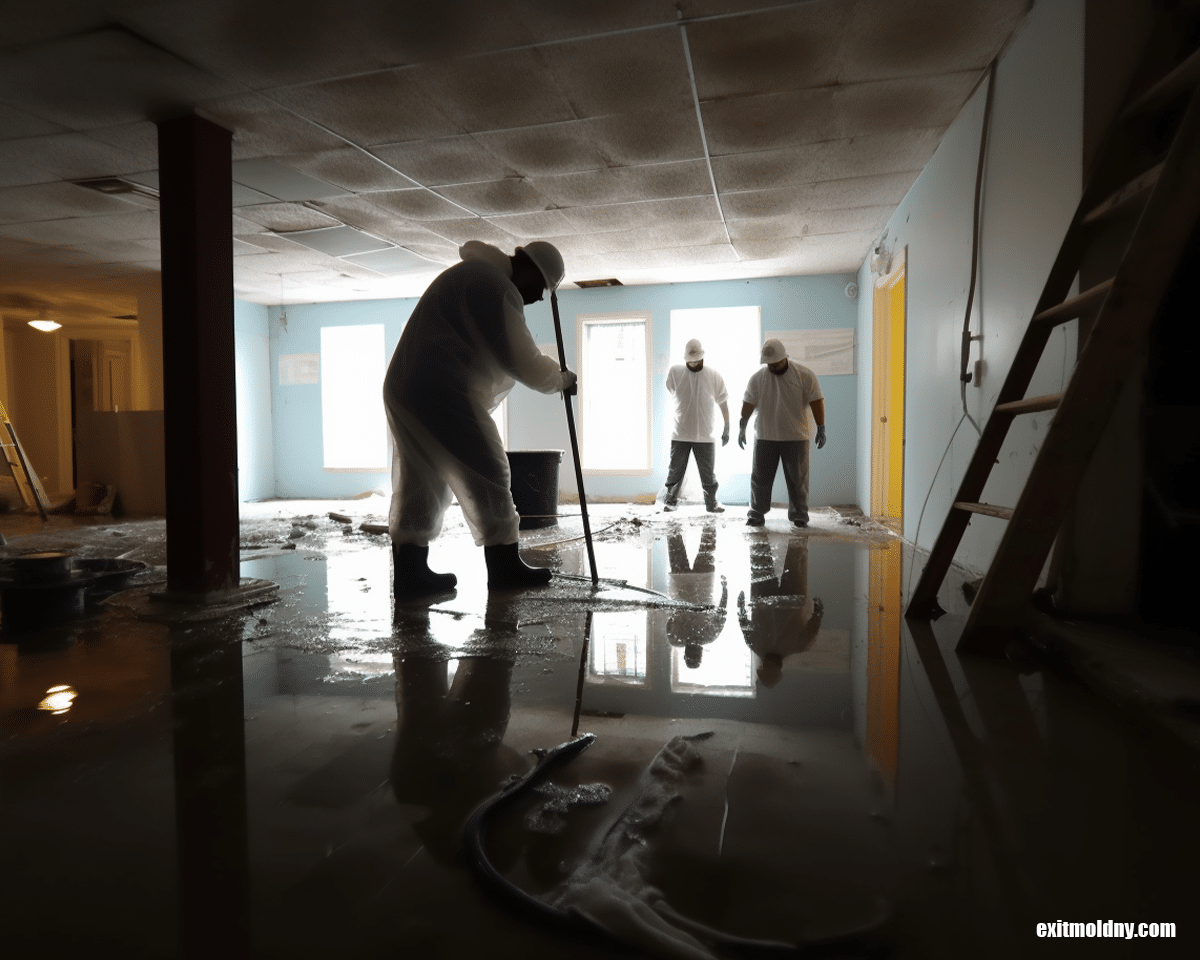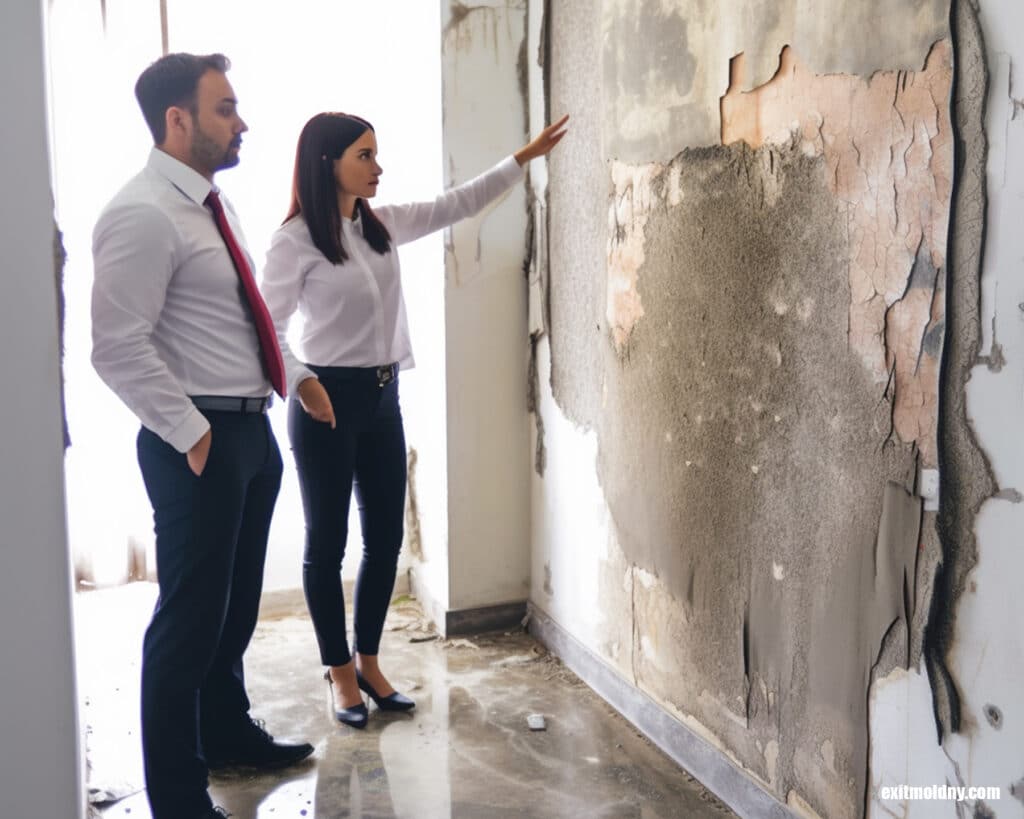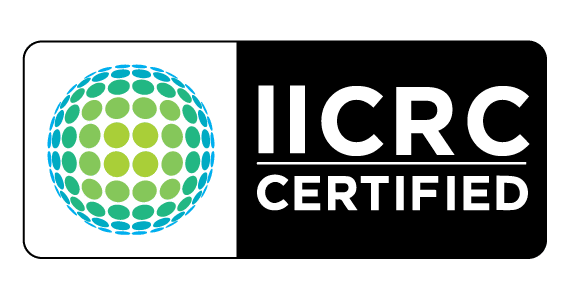
A Comprehensive Guide To Navigating Cleanup After A Flood
A Comprehensive Guide To Navigating Cleanup After A Flood Flash flooding is a normal phenomenon in densely populated cities such as New York, with many
Whew! East Side, West Side, All Around The Town — navigating lead disclosure laws and regulations can be as confusing an experience to landlords, building owners, or New York homeowner’s, as residents, tourists, and businesspersons sometimes feel confused when navigating the myriad of city streets flowing with busses, taxis, Ubers, cars, trucks, police, and fire vehicles. Fortunately, the lead services of Exit Mold, with 25-plus years of experience serving NYC and its five boroughs in the removal of lead-based paint, as well as having a working knowledge of HPD violations as written by the Housing, Preservation, and Development Authority of NYC (HPD) are here to shed ‘light’ to the lead disclosure laws and regulations!
In 2019, New York City’s Housing, Preservation, and Development Authority (HPD) established the Lead-Free NYC initiative; in December 2021, the HPD redefined the percentage of lead paint that would be deemed acceptable for painted walls. The new lead paint standard, the strictest of the 50 states of the United States, aims to end the debilitating effects of lead poisoning in adults and children. The NYC Lead-Free Initiative is supported by EPA lead regulations, which also encompasses the Lead Based Paint Disclosure Rule and the 2008 Lead-Based Paint Renovation, Repair, and Painting Rule. Local Law 1 was enacted in 2004 by New York City, and Local Law 31 was legislated in August 2020.
Landlords must show documentation that all apartment units in a building have been XRF lead tested by August 9, 2025, or within one year of when a child of age six or younger comes to reside in the unit (whatever is sooner). Landlords are required to retain all lead testing documents.

Section 8 Housing was established by Congress in 1978 as an amendment to the Housing and Community Development Act of 1974. Section 8 Housing for NY State and NYC is also known as the Housing Choice Voucher program, which aids renters or homeowners of low and moderate income to rent apartments or buy homes in the private marketplace. The New York City Housing Authority (NYCHA) administers the most extensive Section 8 Housing program in the United States, with approximately 85,000 voucher recipients and 25,000 landlords and homeowners participating. There are rules and regulations to follow to participate in the Housing Choice Voucher program of Section 8 Housing, including adhering to the lead regulations established by the NYCHA Lead-Safe Housing Policy. The Lead-Safe Housing Policy is based on all applicable federal, state, and local laws and regulations for lead testing.
The following are some of the NYCHA Section 8 lead regulations for providing lead-safe housing:
· Every January 1, the NYCHA sends out notices to building tenants regarding maintaining the rules and regulations for continuing as a participant in the Section 8 Housing program. One of these notices involves filling out the Lead-Based Paint and Window Guard Notice to ensure child safety, which must be returned by February 15 each year.

Tenants, building owners, and landlords are responsible for adhering to applicable lead disclosure laws and regulations, whether it is Section 8 housing or not. An HPD home inspection will be conducted if a tenant resides in an older building with children under six years of age and makes a formal complaint by calling 311. If the HPD inspector discovers a lead paint hazard, a violation will be issued, and the building owner or landlord will be required to remedy the violation within a designated time. The Housing, Preservation and Development Authority (HPD) will re-inspect all HPD violations they issue and fix any lead-based hazards that the building owner does not do. The tenants must allow the HPD authority to enter the apartment to make repairs. For more details on HPD violations involving lead paint hazards, local laws, webinars, and owner guidance on the myriad of lead regulations for New York, visit nyc.gov/hpd.

No matter what home emergency envelopes the home space: smoke and fire restoration, water damage restoration, mold remediation, or XRF lead testing and removal, New York can count on the training and certification of Exit Mold technicians to test, mediate, remediate, and restore any home difficulty using systematic best practices. Our technicians are always available to answer home restoration questions and help our New York family navigate all lead disclosure laws and regulations. Do not hesitate to contact Exit Mold, your one-stop home restoration hub! East Side, West Side, All Around The Town, the Exit Mold family cares!

A Comprehensive Guide To Navigating Cleanup After A Flood Flash flooding is a normal phenomenon in densely populated cities such as New York, with many

Emergency Response: What To Do During A Flood While we at Exit Mold, a New York home restoration firm serving NYC and the five boroughs

Post Flood Cleanup: A Step-By-Step Guide It’s finally over! The dark clouds have cleared up, there’s blue sky ‘up yonder,’ and the rays of the



New York 5 Boroughs Area
10 Brower Ave.
Woodmere, NY 11598
(516) 512-7877
Miami Dade County Area
2509 N Miami Ave
Miami Fl 33127
(786) 465-2300



